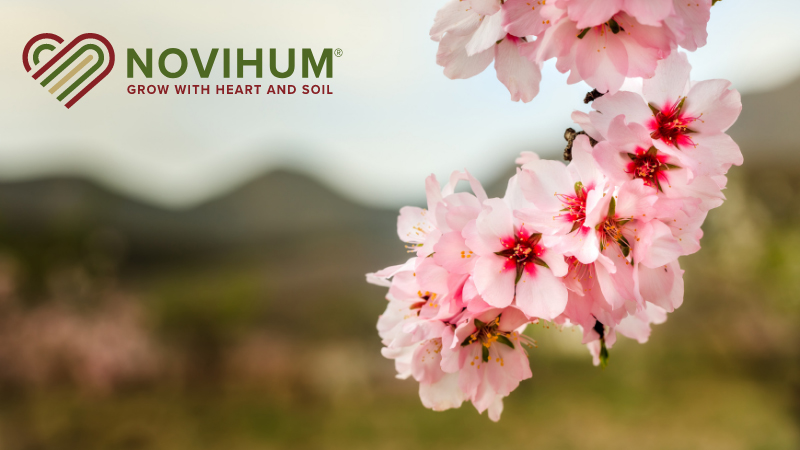Sexual Evolution May Bear More Fruit In The Orchard
Persimmons are among the small club of plants with separate sexes — individual trees are either male or female. Now scientists at the University of California (UC)-Davis, and Kyoto University in Japan have discovered how sex is determined in a species of persimmon, potentially opening up new possibilities in plant breeding. The work is published Oct. 31 in the journal Science.
Most plants have both male and female sex organs in the same individual. Some, like tomato, rice, beans, and other cultivated species, cast pollen from male to female organs in the same flower. Others employ ingenious schemes to ensure that one individual pollinates the flower of another. Only about 5% of plant species have separate sexes, a condition called dioecy, or “two houses.”
“Think of it as nature’s best trick to ensure that reproduction involves two individuals, thus maximizing the mixing of genes. Persimmon, pistachio, wild grapevine, kiwi, hops, spinach, and even marijuana are dioecious,” said Luca Comai, professor of plant biology at UC-Davis and senior author on the paper.
In mammals, sex is determined by X and Y chromosomes: Males have an X and a Y; females have two Xs. A single gene on the Y is responsible for triggering the development of male traits. Most dioecious plants resemble the human system, with XY males and XX females. What gene may be responsible for determining plant sex has been a long-standing mystery.
Takashi Akagi, Isabelle Henry, and Comai at UC-Davis worked on a family of persimmon trees (Diospyros lotus) established by Ryutaro Tao at Kyoto University. They combed through the genomes of some of these trees looking for genes that were exclusive to males and found an unusual gene they called OGI (Japanese for male tree). Unlike most genes, OGI does not encode a protein, they found. Instead, it codes for a very small piece of RNA that acts as “molecular scissors,” cutting down expression of another gene, called MeGI (Japanese for female tree).
In females, MeGI builds to high level and acts like a neutering agent, repressing pollen formation. In males, OGI prevents accumulation of MeGI. Regulation by RNA scissors can be fickle, and this may help explain why plants that are genetically one sex but functionally another can arise in dioecious species.
Discovery of the OGI-MeGI system in persimmon provides a comparison for parallel studies in other dioecious plant species, Comai said.
“Because separate sexes evolved independently many times in plants, we can effectively replay the evolutionary game and ask whether plants invent different solutions to the same problem or whether the same regulatory system is recruited over and over,” he said.
The findings may also have practical applications.
“Separate sexes are the most effective way to produce plant hybrids, and hybrids are key to agricultural productivity,” said Henry. “In the future, we may be able to breed dioecy into new species and facilitate hybrid production through exploitation of a natural system.”
The work was supported by the Japan Society for the Promotion of Science, the U.S. Department of Energy, and the UC-Davis Genome Center.
Source: UC-Davis news release










